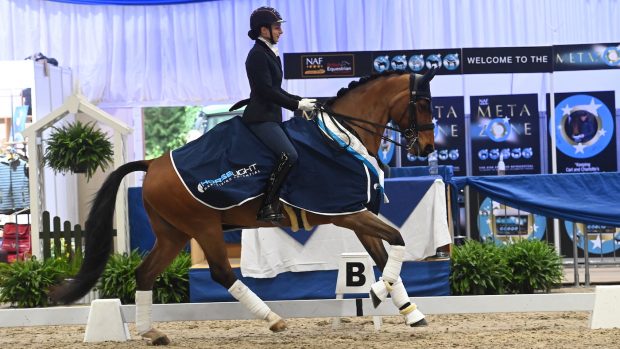In the wake of the BSE scare in Britain, more horsemeat is being served up in European restaurants
“Query your meat before you eat” – that’s the advice being given by the International League for the Protection of Horses following a surge in the popularity of horse and donkey meat abroad.
The ILPH is asking holidaymakers abroad to check the meat that they are eating in restaurants is not horse or donkey.
The BSE crisis, which erupted in Britain during the 90s, has made many Europeans wary of eating British meat, in particular beef.
Horsemeat has increased in popularity and is readily available in butchers and supermarkets in countries such as Italy.
Foal is considered a delicacy and many Italian restaurants also serve braised donkey.
According to connoisseurs, horsemeat is similar in taste and appearance to beef. This combined with language barriers may mean tourists don’t realise what they are eating.
Horses are transported live so that they can be slaughtered in a country and then labelled “Italian” or “French”.
Live export for slaughter
Many of these horses begin their journey from outside the EU in countries such as Poland and Romania. They then travel through Slovakia and Hungary in an attempt to bypass Austria, which carries out strict veterinary controls.
Although the EU states thatlivestock must be regularly fed, watered and rested, this is not always the case and many animals find themselves on the road for periods extending upwards of 96 hours.
The ILPH estimate that each year around 140,00 horses are transported throughout the EU.
Jo White, ILPH campaigns manager, said: “Ideally, we would like to see the end of live transport for slaughter and a change over to carcass trade.”
But as Francesco Latorre, managing director of a company which imports live animals and horsemeat into Italy explains it isn’t as simple as that:
“In southern Italy where I work there is a strong culture of eating fresh food. Customers want fresh meat. Butchers want to choose the live animal and get it slaughtered. They simply wouldn’t buy a carcass.”
For any tourists travelling to Verona and southern Italy this summer be aware that horsemeat appears as: “cavallo” (horse), “cavallino” (foal) and “asino” (donkey).
Read more about the live export of horses for slaughter:



